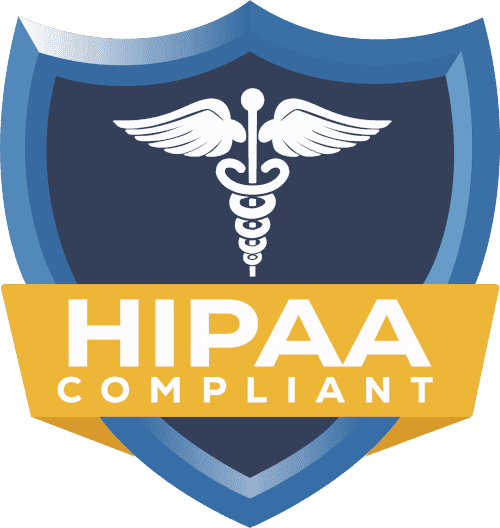Frequently Ask Question
01. What is the credentialing process for healthcare providers?
Credentialing is the crucial process of verifying and assessing a medical practitioner's qualifications to ensure they are authorized to provide services within a healthcare organization. This involves collecting documented evidence of the provider’s licenses, education, training, and experience to ensure they meet the necessary standards.
02. What are the steps involved in the credentialing process?
The credentialing process typically involves four key steps: Onboarding, Application Submission, Follow-up, and Completion. Each step ensures that all necessary credentials are accurately verified and approved.
03. How does provider credentialing work?
Provider credentialing involves a thorough assessment of a healthcare provider’s qualifications and competencies by health insurers. This process is conducted using the provider’s submitted documents and CAQH profile to determine eligibility for network participation.
04. What does a credentialing specialist do?
A credentialing specialist plays a vital role in maintaining the active status of healthcare providers. They manage the completion of initial and subsequent credentialing packages required by care centers, commercial insurers, and federal payers, ensuring providers remain compliant and credentialed.
05. How long does medical credentialing take?
Due to the thorough verification processes involved, medical credentialing can take anywhere from 3 to 6 months, depending on the specific requirements of the insurance companies involved.
06. What is CAQH?
The Council for Affordable Quality Healthcare (CAQH) is a nonprofit organization created by private insurance panels to streamline the credentialing process. Most commercial payers require a completed CAQH profile before starting the credentialing process, using it to verify a provider's personal information, education, and work history.
07. Do I get to choose the insurance panels I want to join?
Absolutely. When you sign up for credentialing with us, you have the freedom to choose which insurance panels you want to be credentialed with. Outpatient physicians typically credential with 7-8 payors, while hospital-based physicians often work with 10-15. Providers in high-demand areas or specialties may work with even more.
08. How can I track my medical credentialing progress?
We provide personalized updates at regular intervals through your dedicated Credentialing Specialist, who follows up with insurance providers every two weeks to keep you informed about the status of your applications.
09. When do credentialing and recredentialing occur?
Credentialing occurs before a provider is eligible to join an insurance network. Recredentialing happens every 1-3 years thereafter, ensuring that all information remains accurate and up-to-date.
10. Am I guaranteed to join the insurance panels I choose?
While we work diligently to help you get credentialed with the insurance panels of your choice, some panels can be selective or closed. We discuss the likelihood of success with you upfront and make every effort to ensure your credentialing investment is worthwhile.
11. What if the insurance panel I want to join is closed?
If a panel is closed, we can submit an appeal on your behalf. Sometimes, panels that appear closed may still accept providers on a limited basis, especially if you have a unique specialty or are in an underserved area. While we have success with many appeals, there are instances where joining a closed panel may not be possible.
12. What can I expect as your client?
Once you become a client, you’ll be assigned a dedicated account executive who will be your primary contact for any questions or concerns. We take the burden of the credentialing process off your shoulders so you can focus on patient care.
13. What happens if an application takes a long time for approval?
We work to prevent delays by maintaining regular follow-ups with payers. If unforeseen circumstances cause delays, we keep you updated in real-time and expedite the process whenever possible, ensuring you receive the best possible outcome.
14. How much does Credex Healthcare charge for its services?
Our pricing varies depending on your needs, the volume of services, and the payers you are enrolling with. For detailed pricing information, please contact Credex Healthcare directly.
15. What documents are required for provider enrollment, and how can providers prepare?
The required documents for provider enrollment vary by payer and specialty. Typically, providers need to submit copies of their professional licenses, malpractice insurance, NPI, and other supporting documents. Credex Healthcare offers comprehensive support to ensure you are fully prepared for the enrollment process.
16. I have pending applications with errors. Can you help?
Yes, we can. Errors in submitted applications can lead to rejections. Our team is experienced in identifying and correcting these mistakes. We will review, correct, and resubmit your applications, maintaining regular follow-up until they are accepted.
17. What is provider enrollment, and why is it essential for healthcare providers?
Provider enrollment is the process by which healthcare providers become affiliated with insurance networks or payers. This affiliation is crucial because it allows providers to bill and receive payment for services rendered to patients covered by these networks. Without enrollment, providers would be unable to bill for their services.







